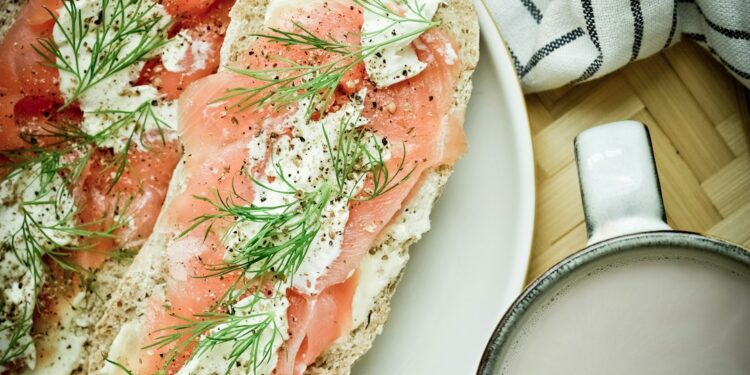Choosing the Best Wine for Your Meal
Wine has been enjoyed by civilizations for thousands of years, and it has become an integral part of many culinary experiences. There are so many different types of wine available, with varying tastes and aromas, that it can be overwhelming to choose the best wine to pair with your meal. However, with a little knowledge and guidance, you can easily select the perfect wine to complement your food and enhance your dining experience.
Consider the Flavors and Elements of Your Meal
When choosing a wine to pair with your meal, it is important to consider the flavors and elements of the food you will be eating. A good rule of thumb is to match the intensity of the wine with the intensity of the dish. For example, if you are having a light and delicate seafood dish, a light-bodied white wine would be a good choice. On the other hand, if you are having a rich and hearty beef stew, a full-bodied red wine would be more appropriate.
Additionally, consider the flavors and seasonings in your meal. For example, if you are having a spicy Asian dish with strong flavors of ginger and garlic, a sweeter wine like a Riesling or Gewürztraminer would help balance the heat. Conversely, if you are having a creamy pasta dish with a rich Alfredo sauce, a crisp and acidic white wine like a Sauvignon Blanc would be a better match.
Understand the Basic Wine Pairing Principles
There are some basic principles that can guide you in selecting the best wine for your meal. One of the most important principles is to consider the acidity of the wine. Acidity in wine can help cut through rich and fatty foods, making them taste fresher and more balanced. For example, a high acid wine like a Chardonnay would pair well with creamy dishes like risotto or pasta with a cream sauce.
Another important principle is to consider the tannins in the wine. Tannins are compounds found in the skins, seeds, and stems of grapes that give wine its astringent quality. Tannic wines are great for cutting through the fats in meats and cheeses, making them a good match for dishes like barbecue ribs or aged cheeses.
It is also important to consider the sweetness of the wine. Sweeter wines are best paired with desserts or spicy dishes, as the sweetness can help balance out the heat. For example, a sweet Riesling or Moscato would pair well with a spicy Thai curry or a fruity dessert like apple pie.
Pairing Wine with Specific Types of Food
When pairing wine with specific types of food, there are some general guidelines that can help you make the best choice. For example, when pairing wine with seafood, it is important to consider the type of seafood and how it is prepared. Light and delicate seafood like shrimp or scallops would pair well with a light-bodied white wine like a Chablis or Pinot Grigio. Alternatively, rich and fatty seafood like salmon or tuna would pair well with a fuller-bodied white wine like a Chardonnay or Viognier.
When pairing wine with red meat, it is important to consider the cut of meat and how it is cooked. Leaner cuts of meat like filet mignon or sirloin would pair well with a medium-bodied red wine like a Merlot or Pinot Noir. Fattier cuts of meat like ribeye or lamb would pair well with a fuller-bodied red wine like a Cabernet Sauvignon or Syrah.
When pairing wine with cheese, it is important to consider the type of cheese and its intensity. Mild and creamy cheeses like Brie or Camembert would pair well with a light-bodied white wine like a Chardonnay or Sauvignon Blanc. Strong and pungent cheeses like blue cheese or aged cheddar would pair well with a fuller-bodied red wine like a Cabernet Sauvignon or Zinfandel.
Experiment and Trust Your Palate
While there are guidelines and principles to help you choose the best wine for your meal, ultimately the best wine pairing is one that you enjoy. It is important to experiment with different wines and trust your palate to guide you in selecting the best match for your food. Don’t be afraid to try new and different wines, as you may discover a combination that you love.
When experimenting with wine pairings, it can be helpful to keep a few bottles of different types of wine on hand so that you can try different combinations with different dishes. You may also want to consider visiting a wine tasting or taking a wine pairing class to learn more about the different flavors and elements in wine and how they can complement different types of food.
In conclusion, choosing the best wine for your meal can enhance your dining experience and elevate the flavors of your food. By considering the flavors and elements of your meal, understanding the basic principles of wine pairing, and experimenting with different combinations, you can confidently select the perfect wine to complement your meal. Trust your palate and enjoy the process of discovering new and exciting wine pairings that will delight your taste buds. Cheers!















